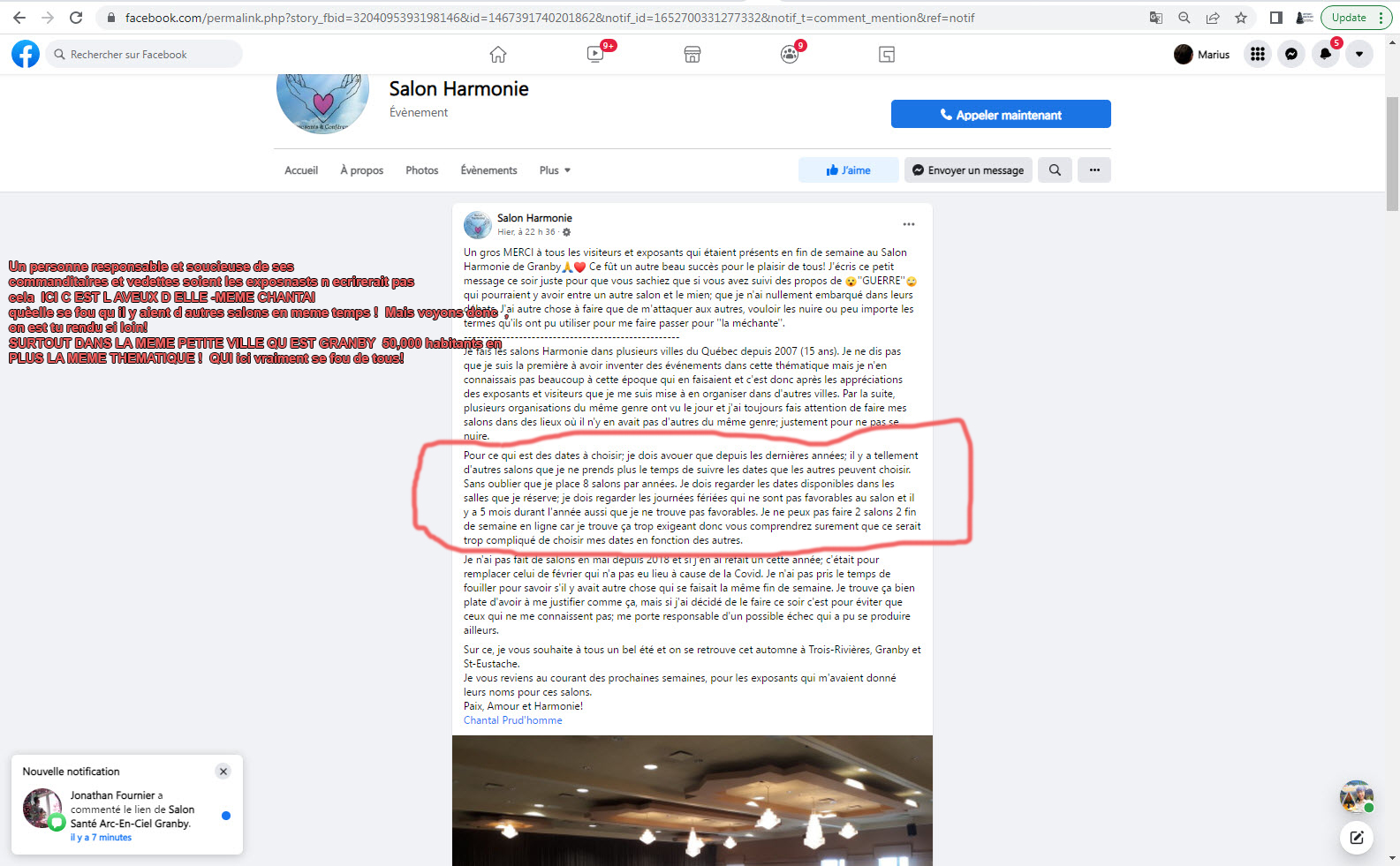
“The War to End All Wars” Part I: “World War I Begins”
By Richard C. Cook, May 28, 2025
***
US Dollar Neutrality
On August 19, 1914, President Woodrow Wilson announced the US policy of “neutrality.” The House of Morgan, now being run by “Jack” Morgan, jumped in as the acknowledged leader of US finance and as being totally and publicly on the side of Great Britain and France. His stance came close to costing him his life when a would-be assassin—a German nationalist—entered his Long Island mansion and shot him twice in the groin. He recovered, while the shooter killed himself. The incident stuck in the public mind.
Despite proclaimed US neutrality, Wilson’s entire economic program was designed to benefit the Allies. As soon as Wilson was inaugurated on March 4, 1913, a major tariff reduction was passed by Congress and signed into law by Wilson, making its tariffs the lowest since 1857. Tariff reduction by the US and adherence to free trade principles had long been the goal of Britain in influencing US economic policy. To compensate for lost customs revenues, Congress enacted the first national income tax under the new 16th Amendment, with a top rate of six percent for incomes over $500,000. [i]
Financing the war cost the US ten times as much money as the Civil War, with income tax rates much higher. The government steadily inflated the money supply by selling bonds through the commercial banks. But with the US no longer dependent on British or European money markets, there was no danger of drawing down gold deposits. The US had become the allies’ supply depot for weapons of war.
When World War I began, European investors panicked and sold off securities at such a pace that a mild recession took hold in the US. But the favorable US balance of trade grew each year from 1914 to 1917, reaching over $3 billion. Unemployment disappeared, with the gross national product increasing by twenty percent, as New York sought the financial leadership of the world. Such was the goal the Money Trust had pursued through the creation of the Federal Reserve.
While Britain aimed to use borrowing from US banks and bond sales to investors to finance its war, a power struggle between British and US bankers was underway as the world’s gold began to weigh down the ships steaming to New York, with the US accumulating the largest gold stocks of any nation in history. Nothing demonstrated more the absurdity of the gold standard than these awkward and well-guarded movements of bullion.
Within the domestic US economy, the availability of cash caused interest rates to plummet. Bank loans increased by thirty-eight percent and bank deposits by fifty percent. The Federal Reserve was scarcely needed during this flush period. In order to put the growing economy to use for the war effort, Congress raised taxes again, and the Treasury began to sell its own certificates of indebtedness. In spite of neutrality, appropriations for the US Army and Navy shot up. [ii]
To pay for US military expenditures and federal loans to the Allies, Secretary of the Treasury William Gibbs McAdoo, Jr., proposed that fifty percent be covered by taxes. The financiers lobbied for lower taxes that would create less of a bite on their own and their investors’ incomes, with Jack Morgan lobbying for twenty percent. A compromise was reached at 33-1/3 percent. The rest would be borrowed, with the banks the prime beneficiary due to their commissions.
The war could not have been financed without the Wall Street bankers. Early on, Morgan and his partners formed a syndicate to manage a $500 million bond issue for the British and French governments. [iii] Other US banks followed suit as the war dragged on. US banks also became the depository of choice for foreign securities. This influx of capital greatly increased the reserves against which the banks could lend globally.[iv]
Another source of US war funding was through Liberty Loan bonds sold to private citizens in a fashion similar to Jay Cooke’s bond sales during the Civil War. Seventeen billion dollars was raised by the government through a succession of Liberty Loan issues. Many purchasers paid by borrowing from banks at low interest rates, accelerating the practice of borrowing “on margin” that later would help trigger the stock market crash of 1929.
With Treasury now following a cheap money policy, the Federal Reserve began to make reserves easily available to member banks for expansion of their lending. The reserve ratio for national banks was set at a rock-bottom level of 18 percent. Never in US history had so much money created “out of thin air” been in circulation. Interest rates to consumers ranged from 3.4 percent to 5.9 percent. With the continuing availability of cash, the government raised income taxes again to a top rate of over 60 percent for high earners. Liquor and tobacco were both taxed heavily, bringing in almost $700 million annually by 1919.
During the war, the federal government [under financier Bernard Baruch] largely took over the nation’s economy, nationalizing railroads, directing the flow of products, controlling prices, and even limiting profiteering by the armaments industries. The US economy and government performed surprisingly well, even as millions in Europe perished under fire.
The US Enters the War
It was Germany’s reliance on submarine warfare to break Britain’s maritime blockade that supposedly brought the US into the war. On May 7, 1915, a German U-boat torpedoed the British luxury liner Lusitania off the coast of Ireland, with 1,200 passengers, including 124 US citizens, losing their lives. The Lusitania had departed for Liverpool from New York—in fact, the German government had taken out newspaper ads in New York, warning that the shipping lanes around Britain were now a war zone and that ships were “liable to destruction.” The British and American governments knew that German U-boats were active in the area.
Besides passengers, the Lusitania was carrying munitions being sent by US manufacturers to supplement the British war effort—170 tons of rifle ammunition and 1,250 cases of artillery shells, as well as fifty barrels each of flammable aluminum and bronze powder. Today we know that Britain’s First Lord of the Admiralty, Winston Churchill, likely had operatives tracking the course of the Lusitania who nonetheless failed to either route the ship around the north of Ireland or provide an escort as it approached shore. Either step might have prevented the disaster.
Between the sinking of the Lusitania and the US entry into the war on April 6, 1917, incidents of U-boat attacks on both military and civilian shipping continued, as Britain’s blockade of Germany tightened in an effort to starve the German population. The US maintained back-channel communications with Germany, which pledged to cease attacks against Americans, but unrestricted submarine warfare prevailed. The US also intercepted a note from Germany to its embassy in Mexico—the “Zimmerman Telegram”—that purported to offer Mexico recovery of its territories lost in the Mexican War if it entered the war on Germany’s side. The American press reacted with outrage.
Colonel Edward House, a Texas magnate viewed by history as President Wilson’s controller, made several trips to England and France during the years preceding the US declaration of war. He was known to have been close to Alfred Milner, [v] a member of Lloyd George’s War Cabinet and leader of Cecil Rhodes’ Round Table. House returned to the US in time to run Wilson’s 1916 election campaign based on the slogan: “He kept us out of war.” The slogan won Wilson votes in the Western states and probably swung what was a close election his way. It was not until votes were counted in California that Wilson was declared the winner over Republican Supreme Court Justice Charles Evans Hughes.
Wilson’s sloganeering was a lie. Wilson, House, Morgan, and the rest of the US elite had every intention of entering the war as soon as possible after the election. Former President Theodore Roosevelt and others of the East Coast upper crust were cheerleading vociferously for American entry. [Many were members of the Anglo-American Pilgrims Society.]
During the summer of 1918, American soldiers under General of the Armies John Pershing, commander of the American Expeditionary Force (AEF), were arriving in Europe at the rate of 10,000 men a day. During the war, the U.S. mobilized over four million military personnel and experienced the loss in battle of 65,000 soldiers.
Both of my grandfathers served in the war. My paternal grandfather, Frederick Steele Fitts Cook, was drafted into the Army in 1918 but never was sent overseas. My maternal grandfather, Carlton William Peilow, sailed on the naval convoys out of the Brooklyn Navy Yard that transported troops to Europe. While in Brooklyn, he met my grandmother, Ethel Brown. My mother, Marjorie Virginia Peilow, their only child, was born in Brooklyn in 1922.
*
Click the share button below to email/forward this article. Follow us on Instagram and X and subscribe to our Telegram Channel. Feel free to repost Global Research articles with proper attribution.
Richard C. Cook is a retired U.S. federal analyst with extensive experience across various government agencies, including the U.S. Civil Service Commission, FDA, the Carter White House, NASA, and the U.S. Treasury. He is a graduate of the College of William and Mary. As a whistleblower at the time of the Challenger disaster, he exposed the flawed O-ring joints that destroyed the Space Shuttle, documenting his story in the book “Challenger Revealed.” After serving at Treasury, he became a vocal critic of the private finance-controlled monetary system, detailing his concerns in “We Hold These Truths: The Hope of Monetary Reform.” He served as an adviser to the American Monetary Institute and worked with Congressman Dennis Kucinich to advocate for replacing the Federal Reserve with a genuine national currency. See his new book, Our Country, Then and Now, Clarity Press, 2023. Also see his Three Sages Substack and his American Geopolitical Institute articles at https://www.vtforeignpolicy.com/category/agi/.
“Every human enterprise must serve life, must seek to enrich existence on earth, lest man become enslaved where he seeks to establish his dominion!” Bô Yin Râ (Joseph Anton Schneiderfranken, 1876-1943), translation by Posthumus Projects Amsterdam, 2014. Also download the Kober Press edition of The Book on the Living God here.
Notes
[i] Studenski and Kroos, p.273. See <https://substack.com/@howardswitzer/note/c-17571483?utm_source=feed-email-digest>
[ii] Wartime statistics from Studenski and Kroos.
[iii] Prins, p.44.
[iv] Ibid, p.47.
[v] By now, Alfred “Lord” Milner.
Global Research is a reader-funded media. We do not accept any funding from corporations or governments. Help us stay afloat. Click the image below to make a one-time or recurring donation.


.png) 1 month_ago
9
1 month_ago
9


























 French (CA)
French (CA)